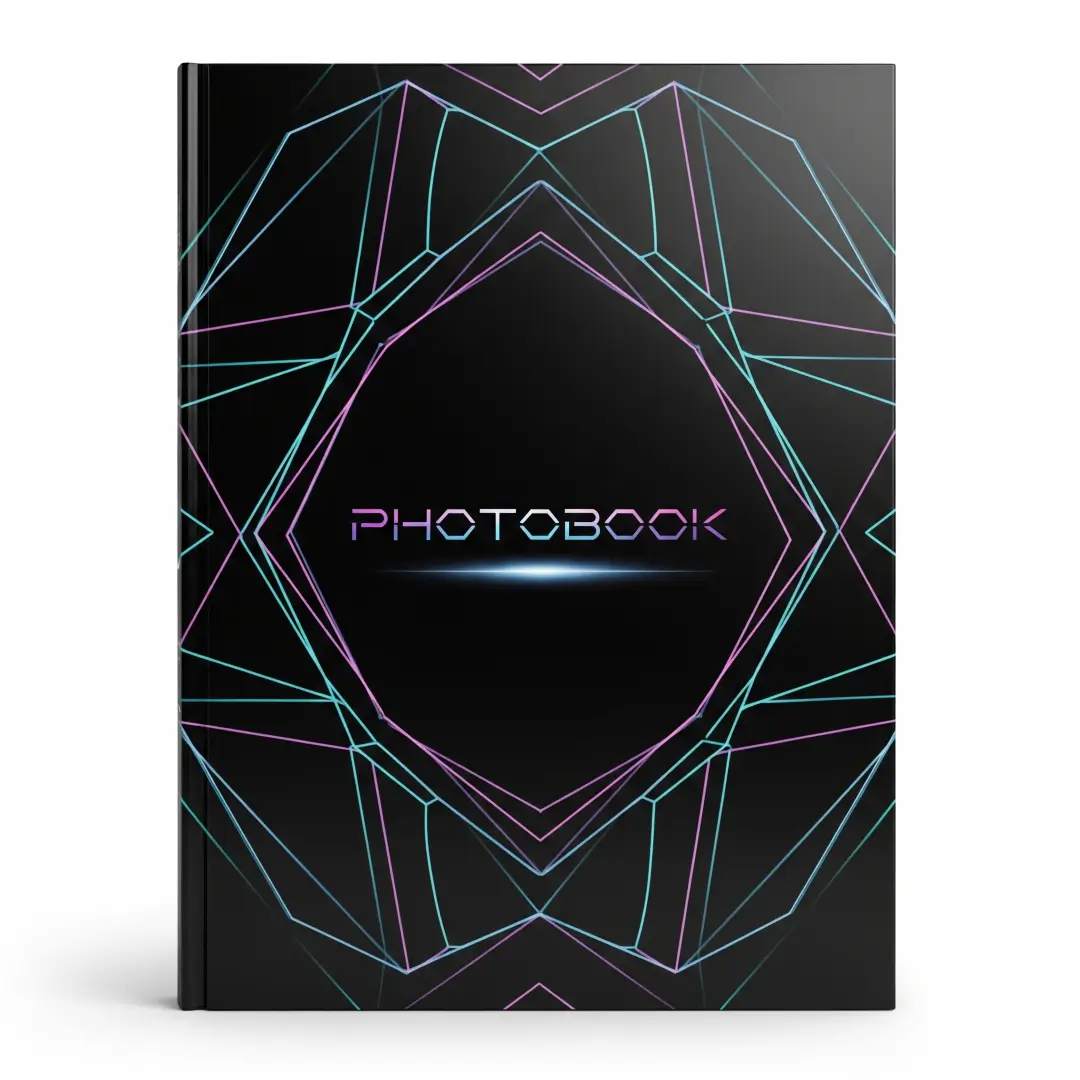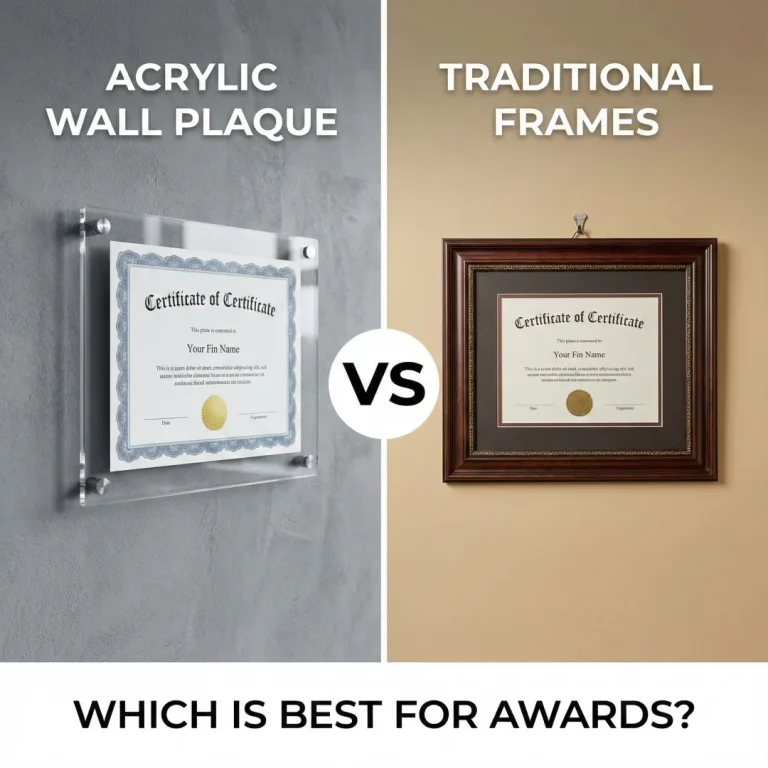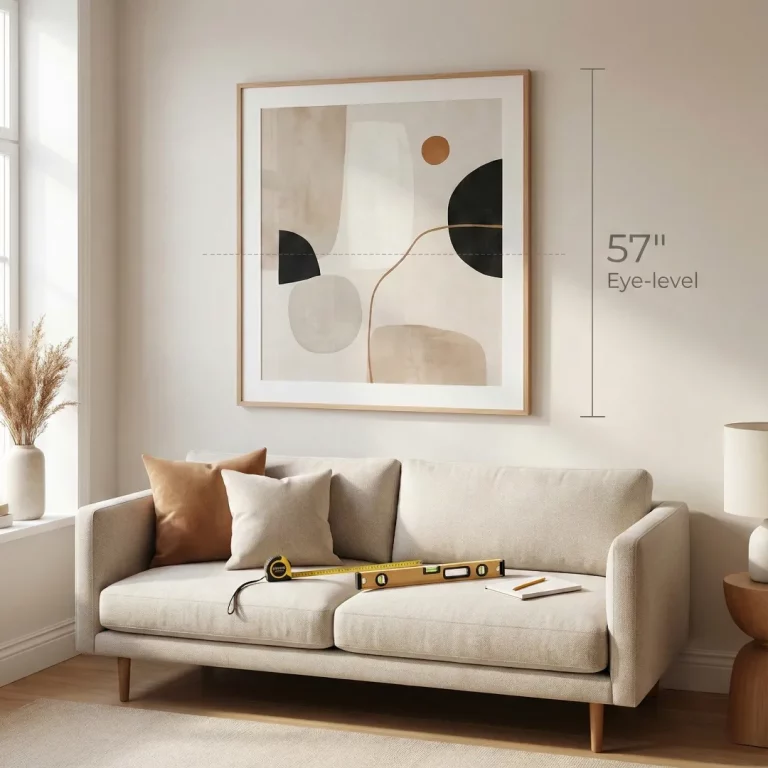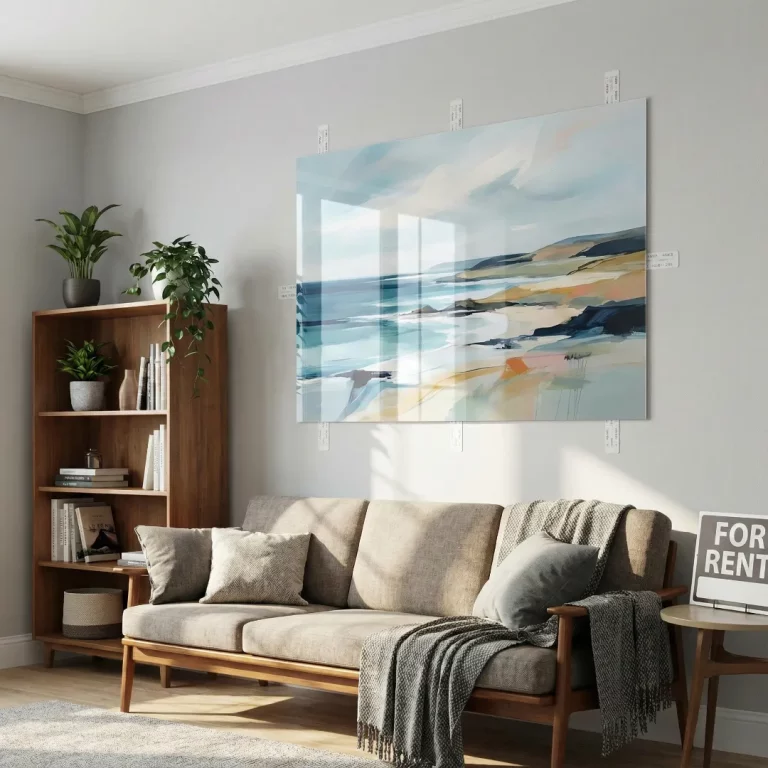In an era where visual storytelling dominates, 92% of consumers judge books—and photobooks—by their covers. A compelling photobook cover design isn’t just a protective layer; it’s a narrative gateway, a marketing tool, and an emotional trigger. But, constructing an attractive cover that combines the aesthetics of a cover with technological accuracy and relevance to the market is an enormous challenge. This article provides information from the top industry experts along with cutting-edge trends and tried-and-tested design techniques to assist you in creating photobook covers that will entice readers and stand up to the tests of time.
The Strategic Importance of Photobook Cover Design
Why Covers Matter in the Digital Age
Despite the growth of digital media physical photobooks have experienced an increase of 14% from 2025 onwards due to their emotional appeal and sentimental worth. The cover is the primary point of contact that influences purchase decisions as well as emotional connections. A well-designed cover
- Communicates the quality and theme of a photobook before even a single page can be opened
- Improves shelf-side appeal in retail environments as well as online thumbnails
- Provides perceived value, thereby justifying price-based strategies for premiums
Market Dynamics and Consumer Expectations
The global photo printing market, projected to reach $46.17 billion by 2032, reflects heightened demand for personalized products. Modern consumers expect covers to:
- Align with 2025 design trends like augmented reality (AR) integration and sustainable materials.
- Balance creativity with genre conventions (e.g., minimalist layouts for fine art vs. vibrant textures for travel diaries)
- Incorporate durable materials that withstand frequent handling.
2025 Photobook Cover Design Trends Shaping the Industry
Trend 1: Augmented Reality (AR) Hybrid Covers
Pioneered by brands like Teo Print, AR-enabled covers allow users to scan designs with smartphones to unlock:
- Behind-the-scenes videos of photo shoots
- Audio commentary from photographers
- Interactive 3D models of subjects
This technology bridges physical and digital experiences, particularly appealing to Gen Z audiences, who comprise 40% of photobook buyers.
Trend 2: Sustainable Material Innovation
With 78% of buyers prioritizing eco-conscious products, leading designers now use:
- Plant-based leathers: Derived from mushrooms or pineapple fibers
- Recycled paper stocks: 100% post-consumer waste materials with archival-grade longevity
- Water-based inks: VOC-free alternatives to traditional petroleum inks
| Material | Cost Premium | Durability | Best Use Cases |
| Bamboo Paper | +15% | High | Travel Photobooks |
| Algae-based Bioplastics | +22% | Medium | Limited Editions |
| Recycled Cotton | +18% | High | Wedding Albums |
Trend 3: Neo-Minimalism with Bold Typography
Inspired by Apple’s design ethos, 2025’s minimalist covers feature:
- Monochromatic palettes with single accent colors
- Asymmetric title placements that challenge grid conventions
- Custom typefaces laser-cut into cover materials for tactile engagement
Example: Michael Chudley’s Learning to See uses reflective silver foils on matt black coverstocks to provide striking contrast, while retaining the simplicity of composition.
Core Design Principles for Impactful Covers
Visual Hierarchy and Focal Points
Effective covers guide the viewer’s eye through deliberate hierarchy:
1. Primary element: Dominant image occupying 60-70% of cover space
2. Secondary element: Title text in contrasting font/color
3. Tertiary elements: Subtle textures or embossed patterns
Pro Tip: Test thumbnail visibility by shrinking designs to 200×300 pixels—the standard size in online marketplaces.
Typography That Speaks Volumes
- Serif fonts (e.g., Garamond) for heritage/traditional themes
- Geometric sans-serifs (e.g., Futura) for modern aesthetics
- Handwritten scripts for personal memoirs
Avoid overcrowding: Limit text to 7 words or fewer, with line spacing ≥1.5× font size.
Color Psychology in Cover Design
| Color | Emotional Trigger | Ideal Genres |
| Deep Blues | Trust/Stability | Corporate/Archival |
| Earth Tones | Warmth/Nostalgia | Family Histories |
| Neon Accents | Energy/Innovation | Urban Photography |
Material Selection and Production Techniques
Paper Stocks and Finishes
- 300gsm Silk Laminated Covers: Scratch-resistant surface for frequent handling
- Uncoated Interior Pages: Reduces glare while maintaining color fidelity
- Layflat Binding: Allows seamless panoramic spreads without gutter loss
Specialty Applications
- Die-Cut Windows: Reveal interior images through cover apertures
- Thermochromic Inks: Change color with touch or temperature
- Embossed/Debossed Text: Creates tactile interest without additional materials
Case Studies: Award-Winning Cover Designs
Street Tools: Urban Grit Perfected
This landscape-format photobook uses:
- Matte-laminated greyboard covers mimicking concrete textures
- Sans-serif bold typography screen-printed in metallic ink
- Exposed binding threads in industrial orange for raw aesthetic
Avanipok: Wildlife Majesty in Miniature
An A5-sized masterpiece featuring:
- Fluorescent foil-stamped animal silhouettes on recycled kraft paper
- Spot UV varnish highlighting key visual elements
- Biodegradable shrink-wrap with seed paper inserts
DIY vs Professional Design: When to Invest
Tools for Self-Designers
- Canva Pro: Template library with AR preview functionality
- Adobe Express: AI-powered layout suggestions based on image analysis
- Blurb BookWright: Automated color calibration tools
Signs You Need a Professional Designer
- Creating 500+ copy limited editions for gallery sales
- Incorporating complex finishes like duplex printing
- Targeting luxury markets with price points above $150
Actionable Insights: Your 7-Step Cover Design Process
1. Define Audience and Purpose
- Is it a private object or a commercial one?
- Is it going to be stored or displayed?
2. Research Genre Conventions
- Examine the top 10 bestsellers from your category
3. Create Mood Boards
- Utilize Pinterest or Milanote for brainstorming ideas on the visual side.
4. Prototype Thumbnails
- Sketch 3-5 concepts on 25 percent scale
5. Select Materials
- Order swatch kits through printers such as Teo Print
6. Test and Iterate
- Collect comments from five or more audience members
7. Finalize Production Specs
- Verify CMYK/RGB color profiles by printing them on your printer
Conclusion: Covers as Timeless Artifacts
In 2025, photobook covers have evolved from protective sleeves to multisensory storytelling platforms. By blending AR capabilities, sustainable materials, and neo-minimalist aesthetics, designers can create covers that resonate both emotionally and commercially. Remember: A great cover doesn’t just reflect the content—it elevates it.
Ready to transform your vision into reality? Explore Teo Print’s 2025 Design Trends Guide and AI Design Tools to begin your journey.





